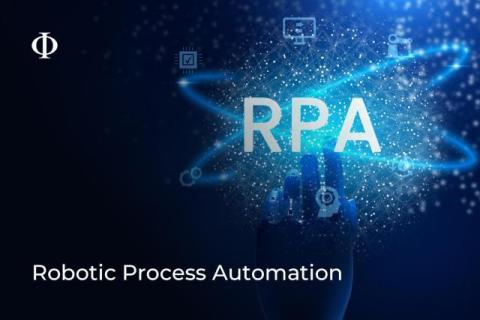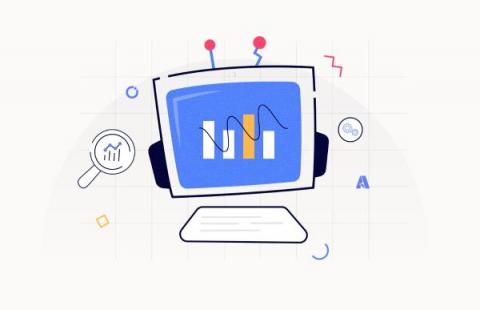Operations | Monitoring | ITSM | DevOps | Cloud
RPA
RPA Realities: How Investing in the Right Tech Actually Saves You Money
Simplifying Complexity: How Software Simplifies Business Processes
The Process Automation Dream Team of RPA and ITPA
Robotic Process Automation (RPA) and IT Process Automation (ITPA) are today’s big drivers of revolutionizing the way businesses operate – and they’re nowhere near finished. While RPA and ITPA have their significant differences, they share just enough similarities to have successfully helped organizations in multiple industries automate processes, reduce costs, improve accuracy, and deliver better customer experiences.
Scaling Business Operations with Intelligent Automation
How robotic process automation (RPA) streamlines data integration
If ServiceNow had a robotic process automation (RPA) fan club, I’d run for president. After seeing firsthand how an RPA-driven bot can improve productivity, I’m a firm believer in this technology. Not long ago, I was assigned a new project for my team: Use RPA to enhance data integration and management of our highly complex configure, price, quote (CPQ) system and processes, which our sales team uses to generate product configurations and pricing.
Forrester report: ServiceNow debuts as a Strong Performer in RPA
I’m incredibly thrilled to share that, in our very first year of entry, ServiceNow has been named a Strong Performer in The Forrester Wave™: Robotic Process Automation, Q1 2023. We believe this validates the impact of our product vision and current capabilities in this market. More importantly, we think it’s proof that our customers are reaching their business goals.










